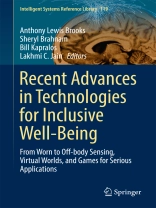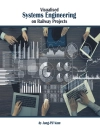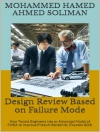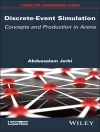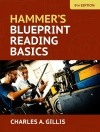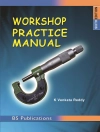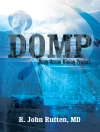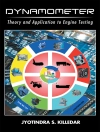This book presents current innovative, alternative and creative approaches that challenge traditional mechanisms in and across disciplines and industries targeting societal impact. A common thread throughout the book is human-centered, uni and multi-modal strategies across the range of human technologies, including sensing and stimuli; virtual and augmented worlds; games for serious applications; accessibility; digital-ethics and more. Focusing on engaging, meaningful, and motivating activities that at the same time offer systemic information on human condition, performance and progress, the book is of interest to anyone seeking to gain insights into the field, be they students, teachers, practicing professionals, consultants, or family representatives. By offering a wider perspective, it addresses the need for a core text that evokes and provokes, engages and demands and stimulates and satisfies.
Tabella dei contenuti
Part 1: Literature Reviews and Taxonomies.- Chapter 1_ An Overview of Recent Advances in Technologies of Inclusive Well-Being: Wearables, Virtual Interactive Spaces Wearables, Virtual Interactive Spaces (VIS)/Virtual Reality, Authoring tools, and Games.- Chapter 2, entitled “An Overview of Serious Game Engines and Frameworks, ” Brent Cowan and Bill Kapralos.- Chapter 3, “A Review of and Taxonomy for Computer Supported Neuro-Motor Rehabilitation Systems, ” Lucas Stephenson and Anthony Whitehead.- Part 2: Physical Therapy- Chapter 4, “A Customizable Virtual Reality Framework for the Rehabilitation of Cognitive Functions, ” Gianluca Paravati, Valeria Maria Spataro, Fabrizio Lamberti, Andrea Sanna, and Claudio Giovanni Demartini.- Chapter 5, entitled “Technology for standing up and balance training in rehabilitation of people with neuromuscular disorders, ” Imre Cikajlo, Andrej Olenšek, Matjaž Zadravec, and Zlatko Matjaèiæ.- Chapter 6, entitled “Exergaming for Shoulder-Based Exercise and Rehabilitation, ” Alvaro Uribe-Quevedo and Bill Kapralos.- Chapter 7, entitled “Development of an Occupational Health Care Exergaming Prototype Suite, ” Alvaro Uribe-Quevedo, Sergio Valdivia, Eliana Prada, Mauricio Navia, Camilo Rincon, Estefania Ramos, Saskia Ortiz, and Byron Perez.- Chapter 8, “Game-Based Stroke Rehabilitation by Mehran Kamkarhaghighi, Pejman Mirza-Babaei, and Khalil El-Khatib.- Part 3: Touch and Wearables- Chapter 9, entitled “Multi-sensory environmental stimulation for users with multiple disabilities, ” Cristina Manresa-Yee, Ann Morrison, Joan Jordi Muntaner, and Maria Francesca Roig-Maimó.- Chapter 10, entitled “Interactive Furniture: Bi-directional Inter-action with a Vibrotactile Wearable Vest in an Urban Space, ” Ann Morrison, Jack Leegaard, Cristina Manresa-Yee, Walther Jensen, and Hendrik Knoche.- Chapter 11, “The Acceptance, Challenges, and Future Applications of Wearable Technology and Virtual Reality to Support People with Autism Spectrum Disorders”, authors Nigel Newbutt, Connie Sung, Hung Jen Kuo, and Michael. J Leahy.- Part 4: Special Needs- Chapter 12, “Nursing Home Residents vs. Researcher: Establishing Their Needs while Finding Your Way, ” Jon Ram Bruun-Pedersen.- Part 5: Ethics and Accessibility- Chapter 13, “Digital Ethics: ‘Ethical’ considerations of post-research ICT impact”, Anthony Brooks.- Chapter 14, “Accessibility:Definition, Labeling, and CVAA impact”, Brooks.
